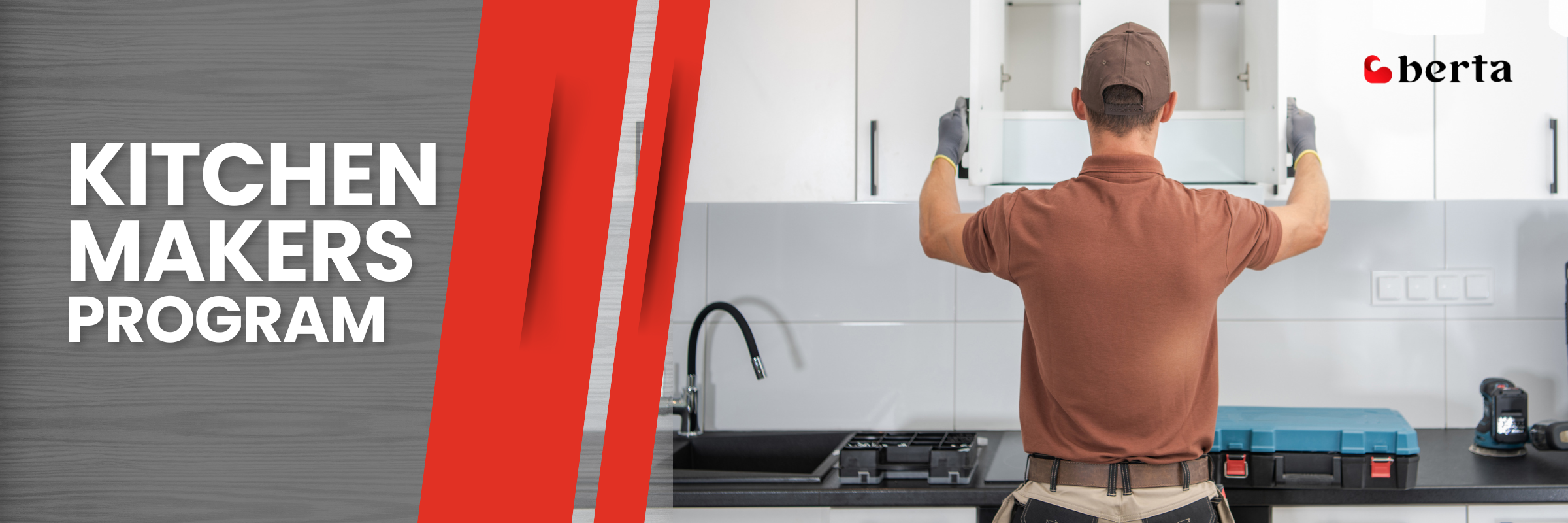Customers also bought
Complementary products
Hydraulic Gas Springs for Cabinets: The Complete Solution for Smooth Cabinet Door Operation
Cabinet doors that slam shut or refuse to stay open create daily frustrations in kitchens, bathrooms, and workspaces. Hydraulic gas springs for cabinets solve these problems by providing controlled, smooth movement that transforms how your cabinet doors function. These precision-engineered components, also known as gas struts for cabinets, offer reliable performance that enhances both the functionality and longevity of your cabinetry.
Understanding Hydraulic Gas Springs and Their Cabinet Applications
A hydraulic gas spring is a sealed cylinder containing pressurized nitrogen gas and hydraulic oil that works together to provide controlled force and dampening. When installed on cabinet doors, these cabinet gas springs create a smooth opening motion while preventing doors from dropping suddenly when released. Unlike traditional hinges that rely solely on mechanical tension, gas struts for cabinet doors incorporate both gas pressure and hydraulic dampening to deliver superior control.
The internal mechanism of these cabinet struts consists of a piston rod moving through pressurized gas and hydraulic fluid. This combination allows the spring to support the weight of cabinet doors while providing the dampening necessary for controlled closure. Whether you need cabinet door pistons for heavy solid wood doors or lighter laminate panels, hydraulic gas springs can be calibrated to match the specific requirements of your installation.
Types and Specifications of Cabinet Gas Struts
Cabinet gas struts come in various configurations to accommodate different door weights, sizes, and mounting requirements. Standard cabinet struts typically handle doors weighing between 5 and 50 pounds, while heavy-duty models can support doors up to 100 pounds or more. The force rating, measured in pounds or newtons, determines how much weight the gas spring can effectively support.
Adjustable gas springs offer the flexibility to fine-tune the opening and closing force after installation. This feature proves particularly valuable when cabinet door weight varies or when you want to modify the opening characteristics over time. Cabinet door gas struts with adjustable force ratings allow you to customize the feel and operation of each door individually.
Length specifications matter significantly when selecting cabinet struts. The extended length determines how far your cabinet door will open, while the compressed length affects the clearance needed behind the door when closed. Proper measurement ensures your gas struts for cabinet doors will provide the intended range of motion without interference.
Installation Benefits and Performance Advantages
Installing cabinet gas springs delivers immediate improvements in cabinet functionality. Doors open smoothly with minimal effort, reducing wear on traditional hinges and door frames. The controlled closing action prevents slamming, which extends the life of both doors and cabinet boxes while reducing noise in your kitchen or workspace.
Safety represents another significant advantage of cabinet door pistons. Heavy cabinet doors pose risks when they drop unexpectedly, potentially causing injury or damage. Gas struts for doors provide consistent support throughout the opening range, preventing sudden movements that could cause accidents. This safety benefit proves especially important in households with children or in commercial settings where multiple users access cabinets frequently.
The dampening characteristics of hydraulic gas springs also protect cabinet contents. Dishes, glassware, and other stored items experience less vibration and shock when doors close gently rather than slamming shut. This protection can prevent breakage and extend the life of your stored items.
Furniture and Specialty Applications
Beyond traditional kitchen and bathroom cabinets, furniture gas springs find applications in entertainment centers, office furniture, and custom woodworking projects. Furniture gas struts can support flip-up doors on media consoles, provide lift assistance for desk tops, or enable smooth operation of storage compartments in built-in furniture.
The versatility of these components makes them valuable for both residential and commercial furniture applications. Office environments benefit from cabinet shocks that reduce noise when filing cabinet doors close, while retail displays use furniture gas springs to create smooth-operating showcase doors that enhance the customer experience.
Maintenance and Longevity Considerations
Quality hydraulic gas springs require minimal maintenance while delivering years of reliable service. The sealed construction protects internal components from dust, moisture, and other environmental factors that could affect performance. Regular inspection of mounting points and occasional cleaning of the rod surface helps ensure optimal operation.
Temperature variations can affect gas spring performance, with colder conditions typically increasing the force output while warmer temperatures may reduce it slightly. Most cabinet applications operate within normal indoor temperature ranges where these variations remain minimal and don't significantly impact functionality.
Selecting the Right Gas Spring Solution
Choosing appropriate cabinet door shocks requires consideration of door weight, desired opening angle, available mounting space, and aesthetic preferences. Door weight represents the primary factor in determining force requirements, but door size and center of gravity also influence the calculation.
Mounting location affects both the force requirements and the opening characteristics. Gas struts mounted closer to the hinge require less force but may limit the opening angle, while mounting points farther from the hinge need higher force ratings but can achieve wider opening angles.
The finish and appearance of cabinet springs should complement your cabinetry hardware. Black, silver, and white finishes are commonly available, along with specialized coatings for applications requiring corrosion resistance or specific aesthetic requirements.
Professional Installation vs. DIY Considerations
While many homeowners can successfully install cabinet gas struts, proper installation requires accurate measurement, appropriate mounting hardware, and understanding of force calculations. Incorrectly sized or improperly mounted gas springs may not provide adequate support or could create binding that prevents smooth operation.
Professional installation ensures optimal performance and may be necessary for complex applications or when modifying existing cabinetry requires additional reinforcement. Experienced installers can also recommend specific products based on your cabinet construction and usage requirements.
Troubleshooting and Common Issues
Gas shock lift support systems occasionally require attention when performance degrades. Common issues include reduced force output, which may indicate internal seal wear, or inconsistent dampening that suggests hydraulic fluid loss. While these components are not typically field-repairable, understanding the symptoms helps determine when replacement is necessary.
Mounting hardware loosening can cause noise, binding, or uneven door operation. Regular inspection of mounting screws and brackets prevents these issues from developing into more serious problems that could damage cabinet doors or frames.
Future Developments and Technology Trends
The cabinet hardware industry continues developing improved gas spring technologies, including enhanced sealing systems that extend service life and adjustable dampening mechanisms that allow fine-tuning of closing characteristics. Some newer products incorporate soft-close features that provide gentle final closing action similar to high-end drawer slides.
For comprehensive information about gas spring selection, installation, and troubleshooting, visit our detailed gas strut FAQ page where you'll find technical specifications, installation guides, and answers to common questions about these versatile cabinet hardware components.
Whether you're upgrading existing cabinetry or planning new construction, hydraulic gas springs offer a proven solution for achieving smooth, controlled cabinet door operation that enhances both functionality and user experience.


































